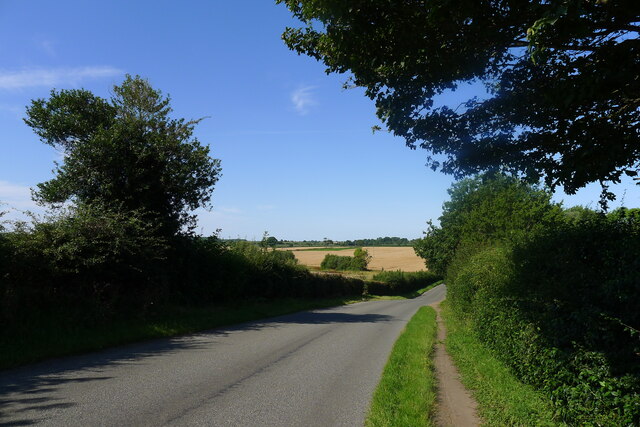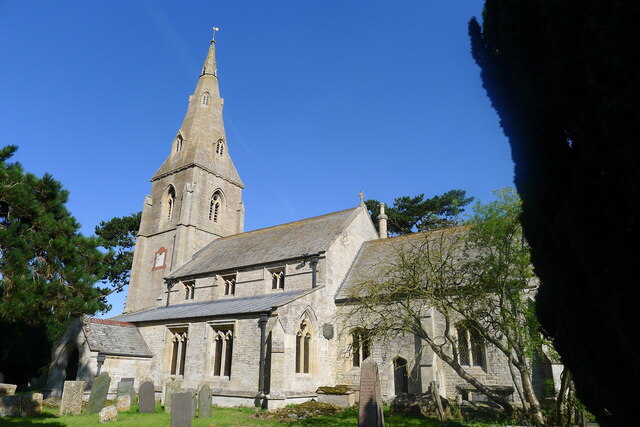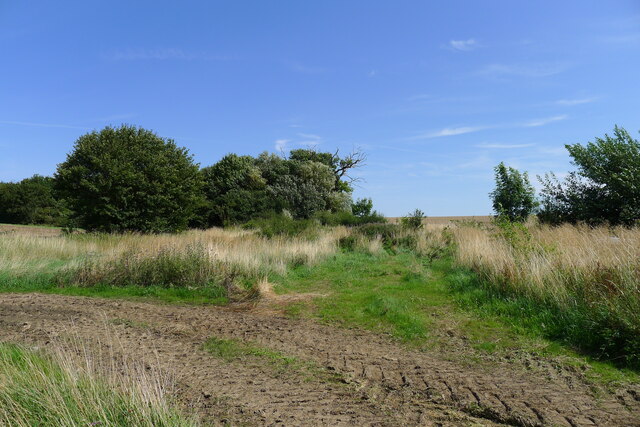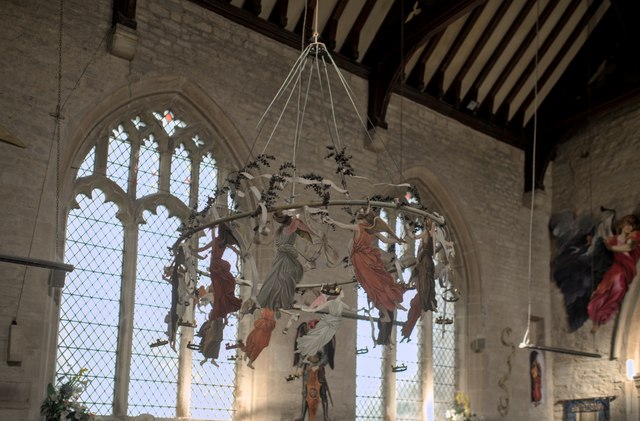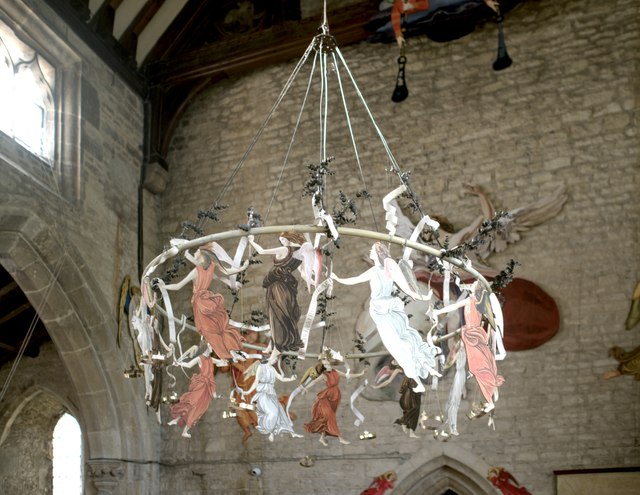Keisby
Settlement in Lincolnshire South Kesteven
England
Keisby
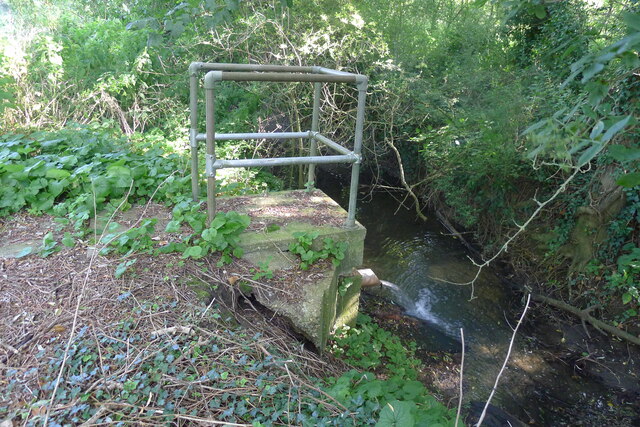
Keisby is a small village located in the county of Lincolnshire, England. Situated approximately 10 miles south of the town of Grantham, it falls within the South Kesteven district. The village is nestled among picturesque rolling hills and is surrounded by scenic countryside, making it an ideal location for those seeking a peaceful rural retreat.
Despite its small size, Keisby boasts a rich history that dates back centuries. The village is mentioned in the Domesday Book of 1086, highlighting its long-standing presence in the region. Throughout the years, Keisby has maintained much of its traditional charm, with several historic buildings still standing, including the Grade II listed Keisby Wesleyan Reform Chapel and St. John the Baptist Church, which dates back to the 13th century.
Keisby is primarily an agricultural community, with farming playing a vital role in the local economy. The village is surrounded by fertile farmland, where crops such as wheat, barley, and oilseed rape are grown. Livestock farming, including sheep and cattle rearing, is also prevalent in the area.
While Keisby may be a tranquil village, it benefits from its close proximity to larger towns and cities. The nearby town of Grantham offers a range of amenities and services, including shops, supermarkets, schools, and leisure facilities, ensuring residents have access to all their daily needs.
Overall, Keisby is a charming village with a rich history, stunning natural surroundings, and a strong sense of community, making it an idyllic place for those seeking a peaceful and rural lifestyle.
If you have any feedback on the listing, please let us know in the comments section below.
Keisby Images
Images are sourced within 2km of 52.847476/-0.465645 or Grid Reference TF0328. Thanks to Geograph Open Source API. All images are credited.
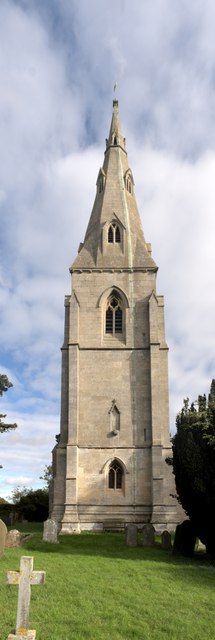
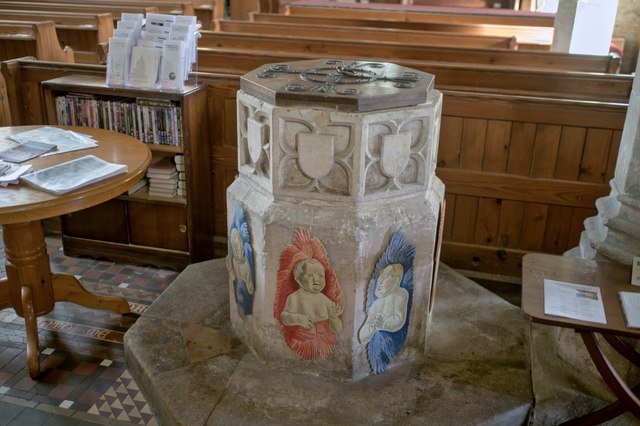
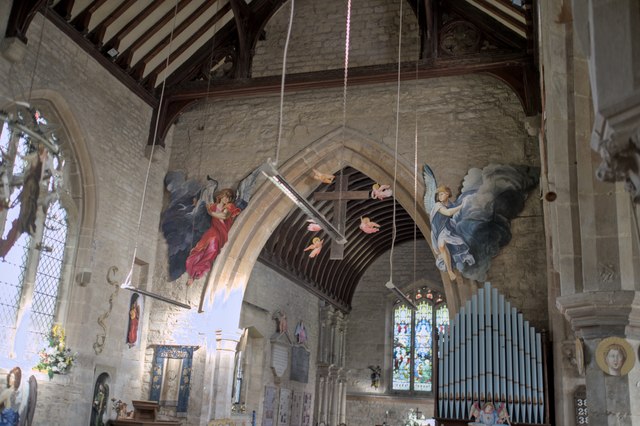
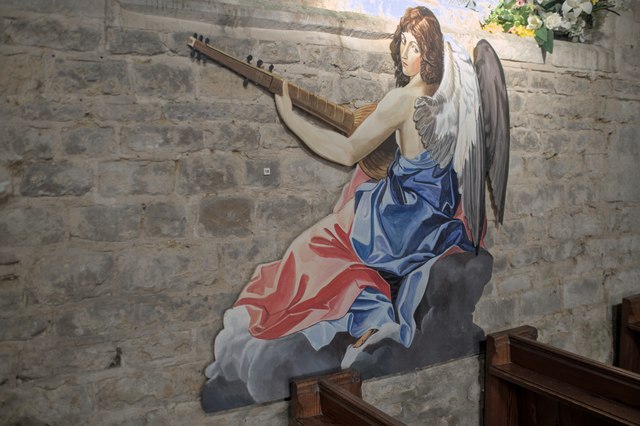




Keisby is located at Grid Ref: TF0328 (Lat: 52.847476, Lng: -0.465645)
Division: Parts of Kesteven
Administrative County: Lincolnshire
District: South Kesteven
Police Authority: Lincolnshire
What 3 Words
///recovery.merge.belly. Near Corby Glen, Lincolnshire
Nearby Locations
Related Wikis
Keisby
Keisby is a hamlet in the civil parish of Lenton, Keisby and Osgodby, in the South Kesteven district, in Lincolnshire, England. It is situated 6 miles...
Lenton, Lincolnshire
Lenton is a village in the civil parish of Lenton, Keisby and Osgodby, in the district of South Kesteven, Lincolnshire, England. It is situated approximately...
Lenton, Keisby and Osgodby
Lenton, Keisby and Osgodby is a civil parish in South Kesteven, Lincolnshire, England. The population of the civil parish at the 2011 census was 187....
Hawthorpe, Lincolnshire
Hawthorpe is a hamlet in the South Kesteven district of Lincolnshire, England, and the civil parish of Irnham, Bulby and Hawthorpe. It is west from the...
Nearby Amenities
Located within 500m of 52.847476,-0.465645Have you been to Keisby?
Leave your review of Keisby below (or comments, questions and feedback).
